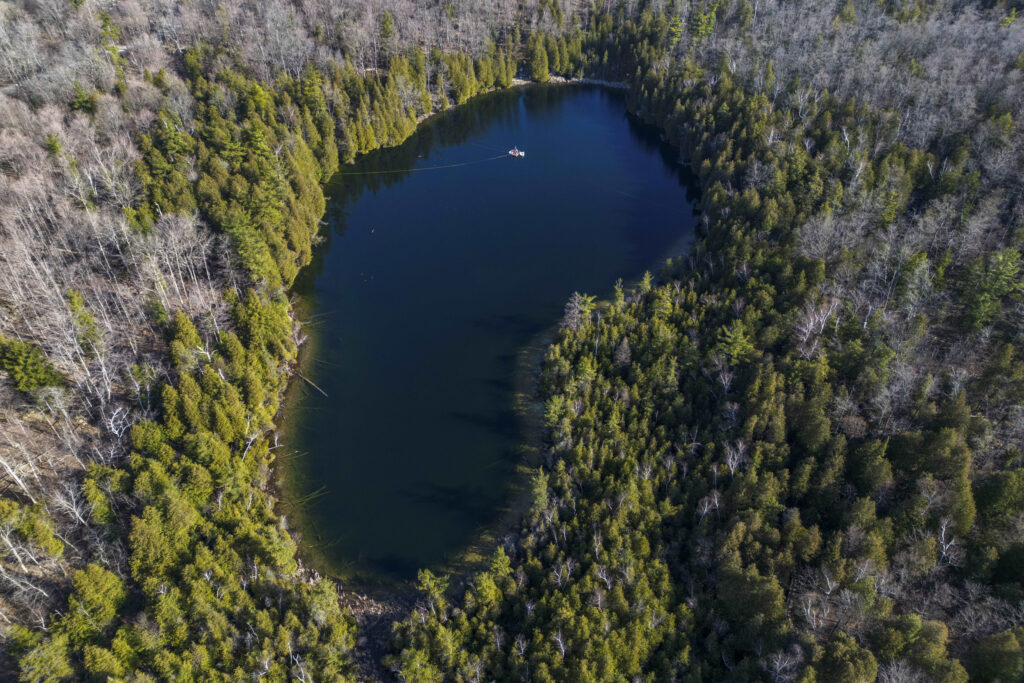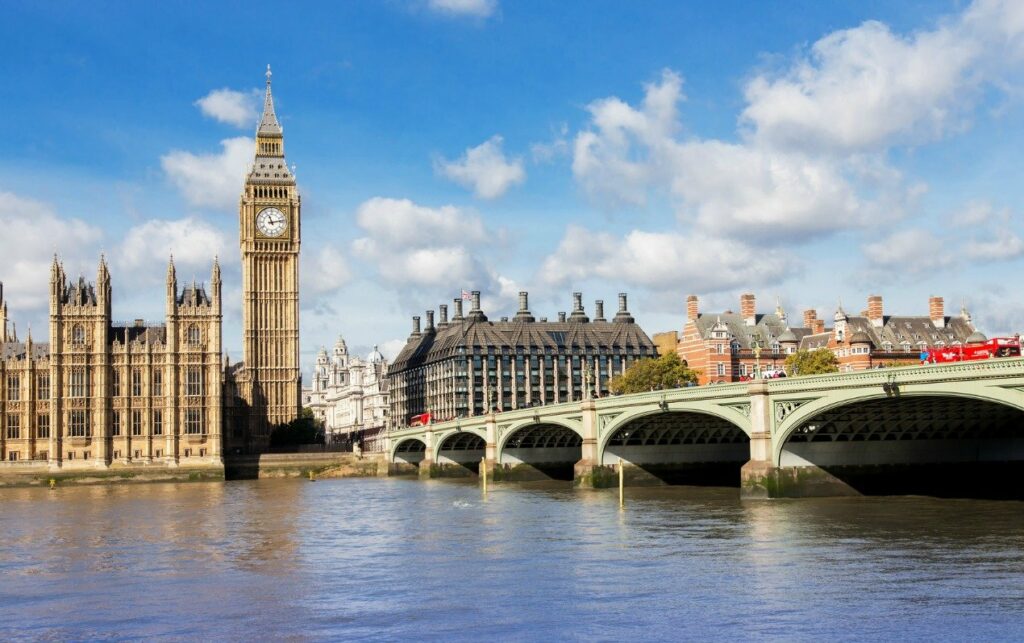This just in! The debate on man-made global warming has ended. Again. But really now. This time for sure. The Guardian says “'No doubt left' about scientific consensus on global warming, say experts”. Which is funny since it hadn’t reported that there was any doubt left for at least 25 years. Likewise the Globe & Mail told us “Denial is no longer an option” in 2013. Sensing the need for more drama, or hype, NBC went all Dracula on readers, saying “Climate scientists drive stake through heart of skeptics' argument.” But as with those cheesy horror comics, no matter how many times the brave heroes slay the blood-sucking villain, the stake manages to keep coming loose.
The latest news outbreak came at rather a bad time, just as the Medieval Warm Period (MWP) was demonstrated in Antarctica, as we noted last week. And another new study says the MWP caused “megadroughts” in the American Southwest that ended around 1600 and mercifully their like has not been seen since, calling into question the notion that we’re seeing unprecedented heat on an unprecedented scale with unprecedented undesirable consequences. And it’s also silly given the number of people over the years slamming the lid shut on Skeptic Dracula’s coffin, which only goes to show how often it pops back open on them.
As long ago as February 2000, Maclean’s told us “what was once a hotly debated theory – that a vast layer of carbon dioxide (CO2) and other manmade gases in the atmosphere are causing the Earth’s envelope to heat up – has hardened into near certainty.” In 2007 Jeffrey Simpson said “There will remain denials about the IPCC report from the fringe, the scattered newspaper columnists or TV ranters … just as there are those who believe the Earth is flat.” That same year Britain’s Telegraph told us “Man’s guilt for global warming clear” and “Scientists are now overwhelmingly confident that mankind is to blame for the warming of the global climate observed since the industrial revolution, a UN report concluded.” And Time magazine said “In the past five years or so, the serious debate has quietly ended. Global warming, even most skeptics have concluded, is the real deal, and human activity has been causing it.” As for spikes going through people, in 2007 David Suzuki said the latest IPCC report “drove a final nail” into skeptics.
Twelve years later, it happened again. Although the spikers’ aim seems dubious. The Guardian piece is certainly all over the place. It began by saying “The scientific consensus that humans are causing global warming is likely to have passed 99%, according to the lead author of the most authoritative study on the subject…” although as we’ve previously explained, there never was a 97% consensus and we have no idea what statistical procedures this person intends to employ to verify its increase past 99%. But what of the substance?
The Guardian tells us “Three studies published in Nature and Nature Geoscience use extensive historical data to show there has never been a period in the last 2,000 years when temperature changes have been as fast and extensive as in recent decades. It had previously been thought that similarly dramatic peaks and troughs might have occurred in the past, including in periods dubbed the Little Ice Age and the Medieval Climate Anomaly.” (Reducing a “Warm Period” to an “Anomaly” is already tendentious.) But “700 proxy records of temperature change, such as trees, ice and sediment, from all continents... indicate none of these shifts took place in more than half the globe at any one time. The Little Ice Age, for example, reached its extreme point in the 15th century in the Pacific Ocean, the 17th century in Europe and the 19th century elsewhere, says one of the studies.”
Hmmm, this sounds suspiciously like the promotional hype around the Mann hockey stick circa 1998 before it was shown to be based on faulty mathematics by a plucky Canadian mining expert named Stephen McIntyre. And despite the National Academy of Sciences later weighing in to warn, based on McIntyre’s findings, that experts were understating the uncertainties in their work, the recommended humility has been notably lacking, as indicated by the return of triumphalistic declarations that, notwithstanding the fact that we still can’t agree on the global temperature today, despite the plethora of satellites, balloons, ocean-going buoys and tens of thousands of thermometers, we can nevertheless state with astonishing precision the temperatures 1,500 or 2,000 years ago based on a handful of tree rings and other indirect proxy measures.
Although McIntyre doesn’t blog as much nowadays on paleoclimate studies he has kept an eye on the data sets being used in studies like the new skeptic-vampire-slaying ones. Amazingly they still use some of the same flawed bristlecone pine records that gave us the hockey stick in 1998, despite the National Academy panel specifically warning that they are not reliable for climate reconstructions. Yes but if they give you the answer you want….
And, the Guardian to the contrary, “700 proxy series” don’t tell us the warm periods never existed. Most of them don’t seem to tell us much useful information at all, which is why the authors use “pre-screening” to cherry-pick a relatively small number of series that look like they’re supposed to. Then the fact that they make it look like the 20th century is an exception is treated as a surprise.
The fact is there have been hundreds of studies showing that the Medieval Warm Period did exist; the fact that three say it sort of didn’t may be an interesting starting point for scientific debate and further research, but it’s not reason to demand everyone shut up.
As for the idea that the 20th century has seen more uniform behaviour, it’s also wrong. There have been ups and downs and what’s more, there’s a lot of variety in warming trends in the 20th century, chronologically and geographically. The temperature record is also very incomplete, and many of these recent “records” are being set by thermometers in man-made heat traps (in a particularly telling example, Anchorage Alaska set a record on an airport runway that was 11 degrees higher than another station 5.6 miles away). There are also legitimate questions about some of the new data reconstructions. But not according to the Guardian.
It insists on “the trend since the late 20th century when records are being broken year after year over almost the entire globe, including this summer’s European heatwave.” But this summer’s “European” heat wave is primarily happening in Western Europe. Eastern Europe is quite cool. In the United States, the hottest year was 1936. And as we’ve also noted, Canadian cities show absolutely no trend toward more or worse heat waves in the last century, even though this country is supposedly warming twice as fast as the world all of which is warming in tandem. Or something.
The Guardian says “Major temperature shifts in the distant past are also likely to have been primarily caused by volcanic eruptions, according to another of the studies”. Which might explain the coolings but what about the warmings? Because if they’re what happens when the natural cooling ends naturally, a strong case could be made that the current warming is just the natural end of the volcano-induced Little Ice Age.
Ah but nay. Rather, “in the first half of the 18th century as the world started to move from a volcanically cooled era to a climate warmed by human emissions.” Possibly the author forgot that the 18th century isn’t the 1800s, it’s the 1700s. Otherwise we have a remarkable new claim here, that man-made global warming started in the 1700s, well before man-made greenhouse gas emissions began in any notable quantity. How did we do it?
The Atlantic went deep chronologically, saying that one study “concludes that 98% of Earth’s surface experienced its hottest period of the past 2,000 years within living memory…. This latest finding may not surprise most climate scientists, who suspect that the planet is as hot now as it’s ever been in at least the past 125,000 years.” Which is extremely fishy on two grounds.
First, why 125,000 years? Simple. It’s how long it’s been since the last, “Eemian” interglacial, and if that one was warmer than ours without all those nasty man-made GHGs it’s inconvenient to explain. If you’re going back 125,000, go 140,000 and tell us why the Eemian was on average 1-2˚ C warmer than the Holocene, as far as we can tell from sketchy temperature reconstructions of both.
Second, what happened to the Holocene Climatic Optimum, a mere 9,000 to 5,000 years ago, which virtually nobody disputes was warmer than today? If they’ve heard of it, that is.
The CBC loved the disaster story too. “Earth's natural cycles can't account for the recent warming seen over the past 100 years, new research suggests. In one of three new studies published in the journals Nature and Nature Geoscience, researchers found that previous periods of climate change such as the Little Ice Age and the Medieval Warming Period were regional and not a global phenomenon. In contrast, the warming that has occurred over the past century has been far-reaching and global in nature.” So now we’re down to one century of human-induced change, so we’re not quite sure what to do with the Guardian’s “strong global fluctuations in the first half of the 18th century”.
Oh yes we are. Ignore them. Journalists reported what they were expecting to see, or in some cases what they are still expecting to see. A July 26 Washington Post story about the “European” heat wave (again, to call it Western European might call into question the global nature of recent phenomena as opposed to all the others) said “In a few days, the weather system responsible for the heat wave will stretch all the way across the top of the globe.” So it’s another story about how something is going to happen not about how something did. The heat wave is going to become semi-global. And while the story concedes that it’s a “weather system”, due to a “a strong area of high pressure aloft — often referred to as a heat dome” it ends by reporting that the Arctic might be going to have melted.
We shall see. We know it did in the Medieval Warm Period, and in the 1940s. Only the latter of which happened, apparently. But never like this because now we know for sure again.



Medieval Warming Period: We don't need a study on this, we have a historical record. These 99% of scientists should go into a Scandanavian museum someday.
I
You don't have to go back 125,000 years; 100 years will do nicely. Temperatures rose from 1910 to 1946 just as much and just as fast as they rose from 1979 to 2019. Without a 20-year "pause" that is yet to be explained or modeled...
The original "flat earthers" were the church and scientific authorities of the late Middle Ages. There was a 100% consensus among the learned in Europe that the Earth is flat; it's so obvious to the naked eye, even children can understand it. That consensus was broken up by a few mavericks with telescopes circa the 1500s. The ones who were laughed at and persecuted and told to shut up. You see the analogy? The climate alarmists are the flat-earthers of today...
And still you are called a flat earther when you don't agree with the alarmisten.
I bet John gets his share of it too.
Excellent
Great put down of these doomsday hysterics